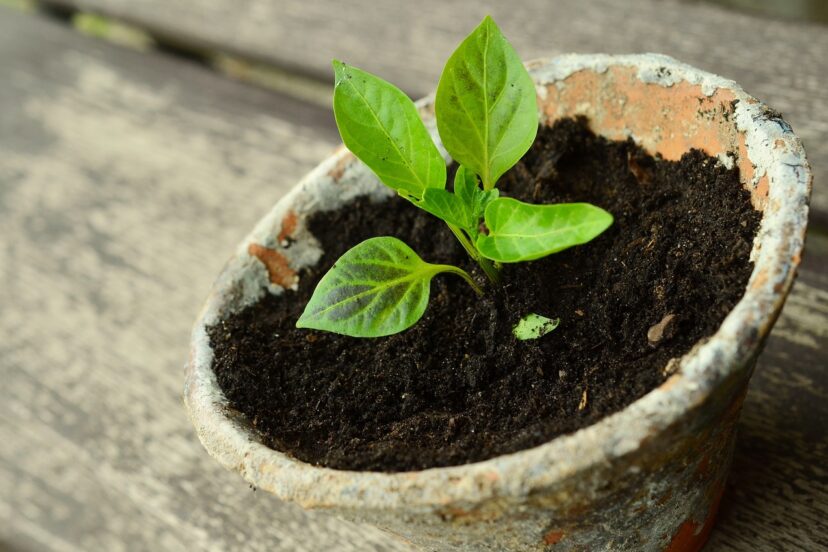Vegetable Container Gardening: A Revolution in Urban Farming
Introduction: Why Container Gardening?
Have you ever yearned to grow your own vegetables but felt limited by space or soil quality? Enter vegetable container gardening! A method that has turned many urban dwellers into enthusiastic gardeners. So, why is everyone turning pots and buckets into mini-farms?
Benefits of Vegetable Container Gardening
Space Efficiency
Ever heard of the phrase, “doing more with less”? That’s precisely the mantra of container gardening. No sprawling backyard? No worries! Balconies, patios, and even window sills can be your green haven.
Mobility and Flexibility
Not getting enough sunlight? With container gardening, you can move your veggies around to chase the sun. Mother Nature being moody? Just take your pots inside during a storm!
Control Over Soil and Environment
You’re the master of the universe – at least for your container. Pick the best soil, decide the moisture level, and guard against external pests. How empowering is that?
Pest and Weed Management
With raised containers, say goodbye to most soil-borne diseases and pests. And if you’re not bending down to pull weeds, that’s a weekend morning well spent!
Challenges in Vegetable Container Gardening
Picking the Right Containers
Size and Depth
Too small, and your plants will feel cramped. Too big, and the soil might not dry out properly. Goldilocks had the right idea – you need it just right!
Drainage and Material
A container without proper drainage can drown your veggies. Similarly, the wrong material might leach harmful substances into the soil. Did you ever think you’d be matchmaking for pots and plants?
Vegetable Container Gardening Soil and Fertilization Considerations
Good soil is like a five-star hotel for plants. They’ll grow and thrive if they’re pampered. Plus, the right nutrients are like the cherry on top.
Watering and Sunlight Needs
Imagine being parched or drowning – not fun, right? Plants feel the same way. Monitoring water and sunlight is essential to avoid these extremes.
Expert Suggestions for Thriving Vegetable Container Gardening
Choosing Vegetables Wisely
Root veggies or leafy greens? Understanding what thrives in containers can save a lot of heartache.
When embarking on the journey of vegetable container gardening, one of the first decisions you’ll face is selecting which vegetables to grow. Given the constraints of space and depth in containers, not all veggies are equally suited for this environment. Making informed choices can prevent disappointment and ensure a bountiful harvest.
Root Vegetables:
Root vegetables, as the name suggests, develop beneath the soil surface. They require a significant depth to grow and expand without hindrance.
Examples:
- Carrots: These are adaptable to containers but prefer deeper ones. If you’re short on depth, opt for shorter varieties like ‘Parisian’ or ‘Thumbelina’.
- Radishes: These are perfect for beginners. They mature quickly and don’t need a lot of depth. The ‘Cherry Belle’ variety, with its round, red bulbs, is an excellent choice for containers.
- Potatoes: Surprisingly, spuds can thrive in containers, especially in potato bags or deep tubs. Just ensure proper drainage and layering to harvest a good crop.
Leafy Greens:
Leafy greens primarily grow above the soil and are generally less demanding in terms of root space.
Examples:
- Lettuce: A container gardener’s delight! Lettuces have shallow roots and grow rapidly. ‘Little Gem’ and ‘Romaine’ are popular choices for pots.
- Spinach: This nutrient-packed green prefers cool weather and can grow in moderately deep containers. The ‘Baby’s Leaf Hybrid’ variety is known to do well in pots.
- Kale: This hardy green can withstand cooler temperatures and doesn’t require a very deep container. ‘Dwarf Blue Curled’ or ‘Red Russian’ are container-friendly varieties.
In conclusion, while both root veggies and leafy greens have their place in container gardens, understanding their specific needs can make the difference between a thriving garden and a mediocre one. By selecting the right varieties and providing the optimal conditions, you can ensure a successful and rewarding vegetable container gardening experience.
Layering and Companion Planting
Ever had a roommate who’s the peanut butter to your jelly? Some plants play well together and can even benefit their container mates.
Regular Maintenance and Monitoring
A watched pot never boils, but an observed garden surely thrives. Keep an eye out for signs of distress and act promptly.
Conclusion: Reaping the Fruits (or Veggies) of Your Labor
Container gardening can be an exhilarating journey of challenges and victories. So, next time you savor a salad, imagine it being filled with veggies from your own container garden. Exciting, isn’t it?
FAQs
Can any vegetable be grown in a container?
Not all, but many! Research before planting to ensure success.
How often should I water my container garden?
It varies by plant and container size. Always check the soil moisture.
What type of soil should I use?
Opt for a good-quality potting mix, not garden soil.
Do I need to fertilize my container veggies?
Yes, containers need more frequent fertilization than traditional gardens.
Can I do container gardening in any climate?
Mostly yes, but you might need to adjust plants or routines based on extreme weather conditions.




